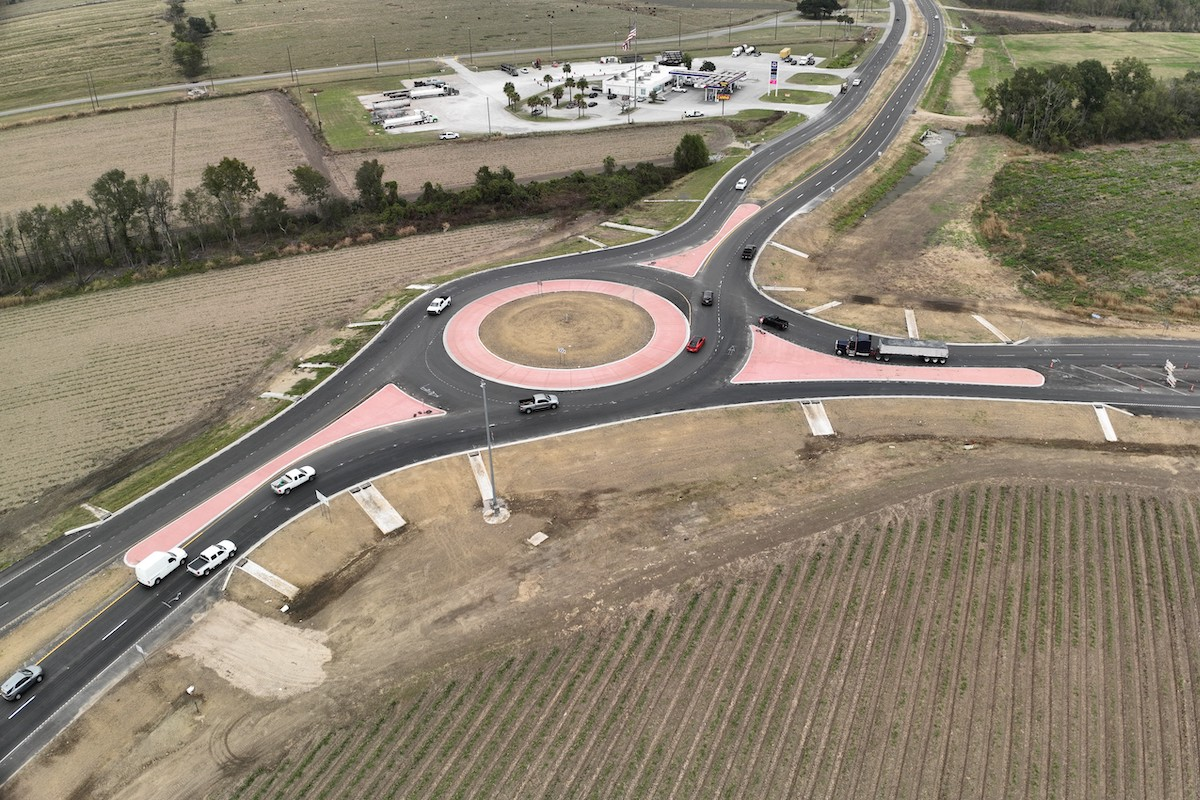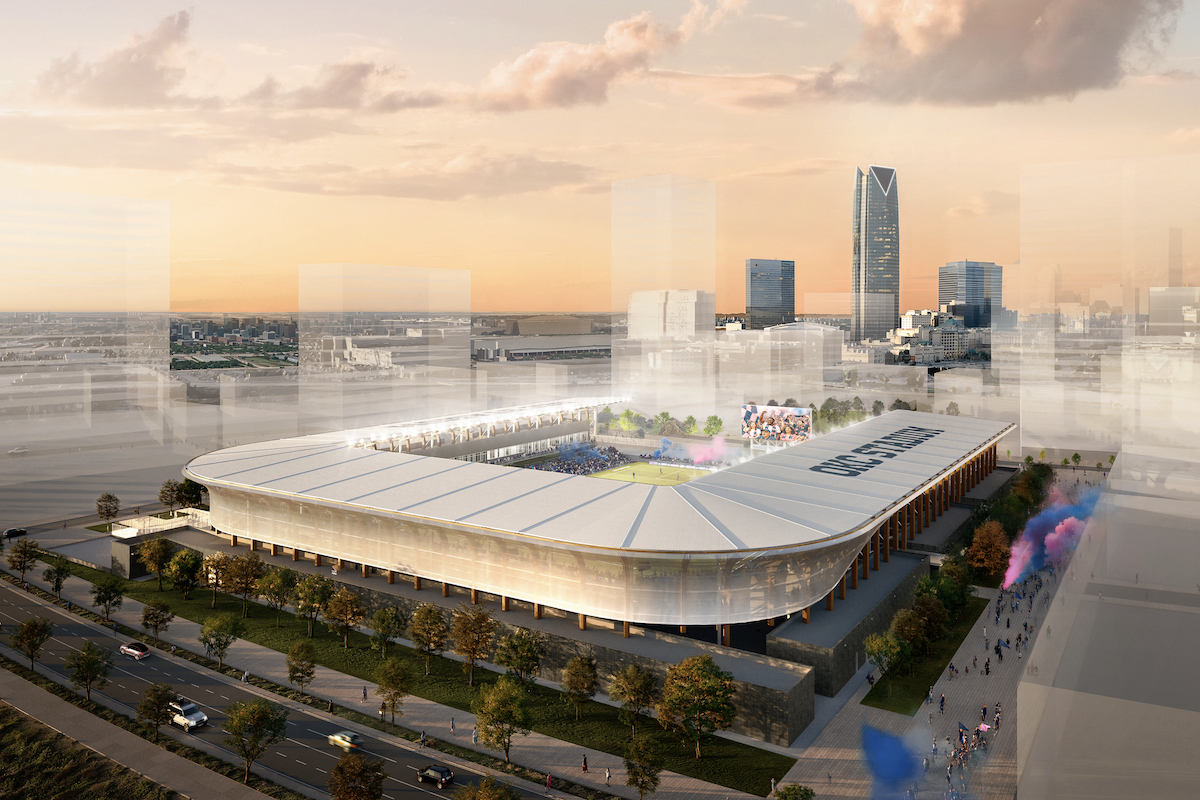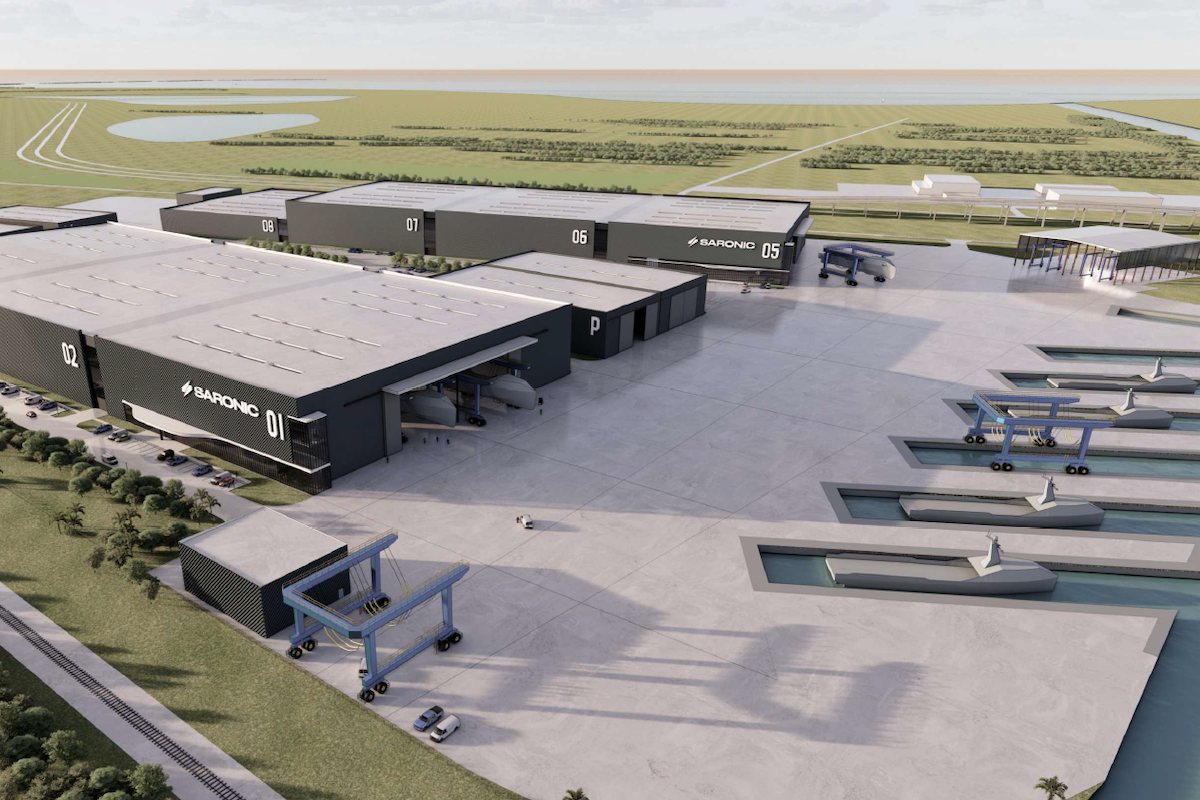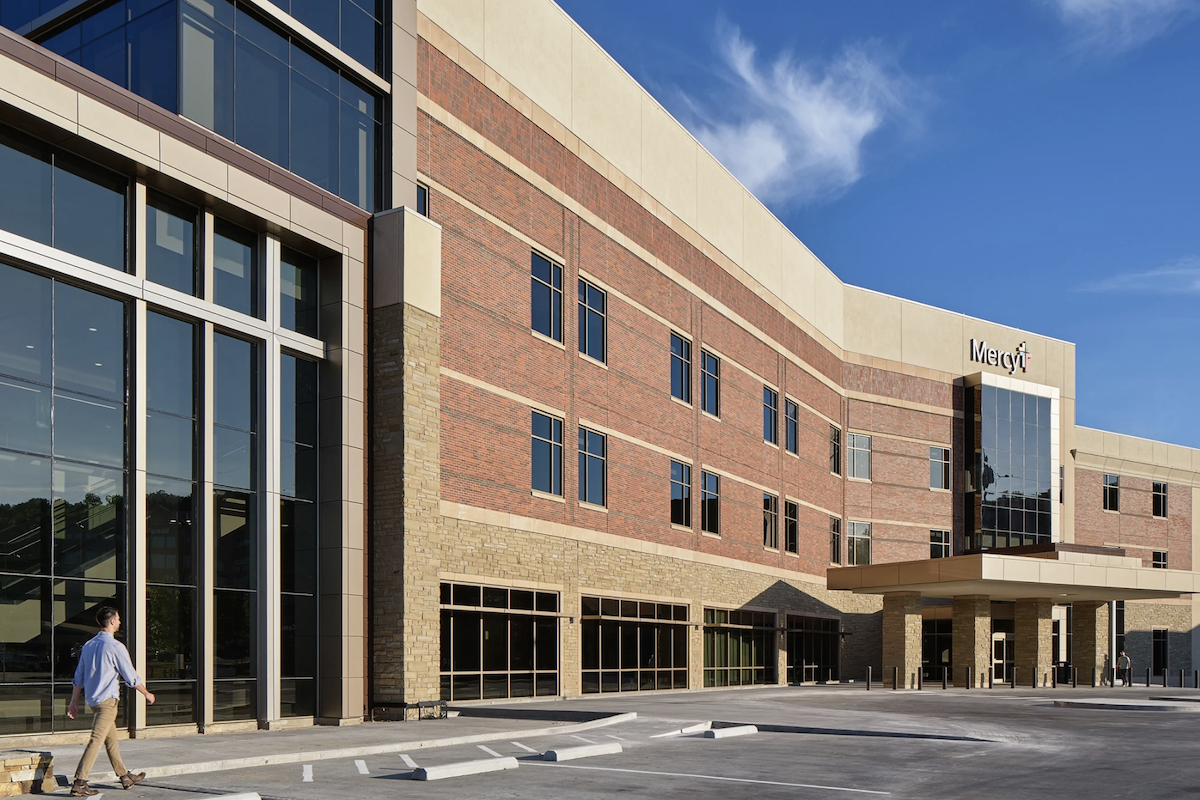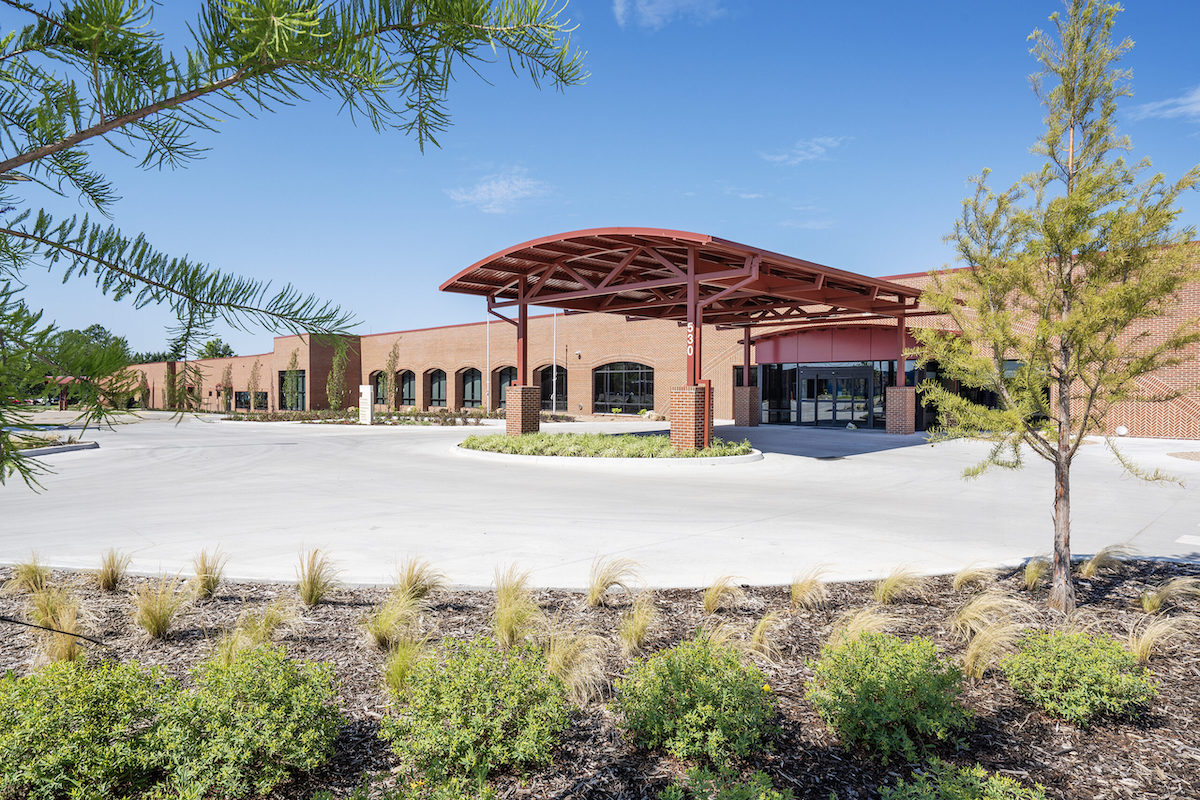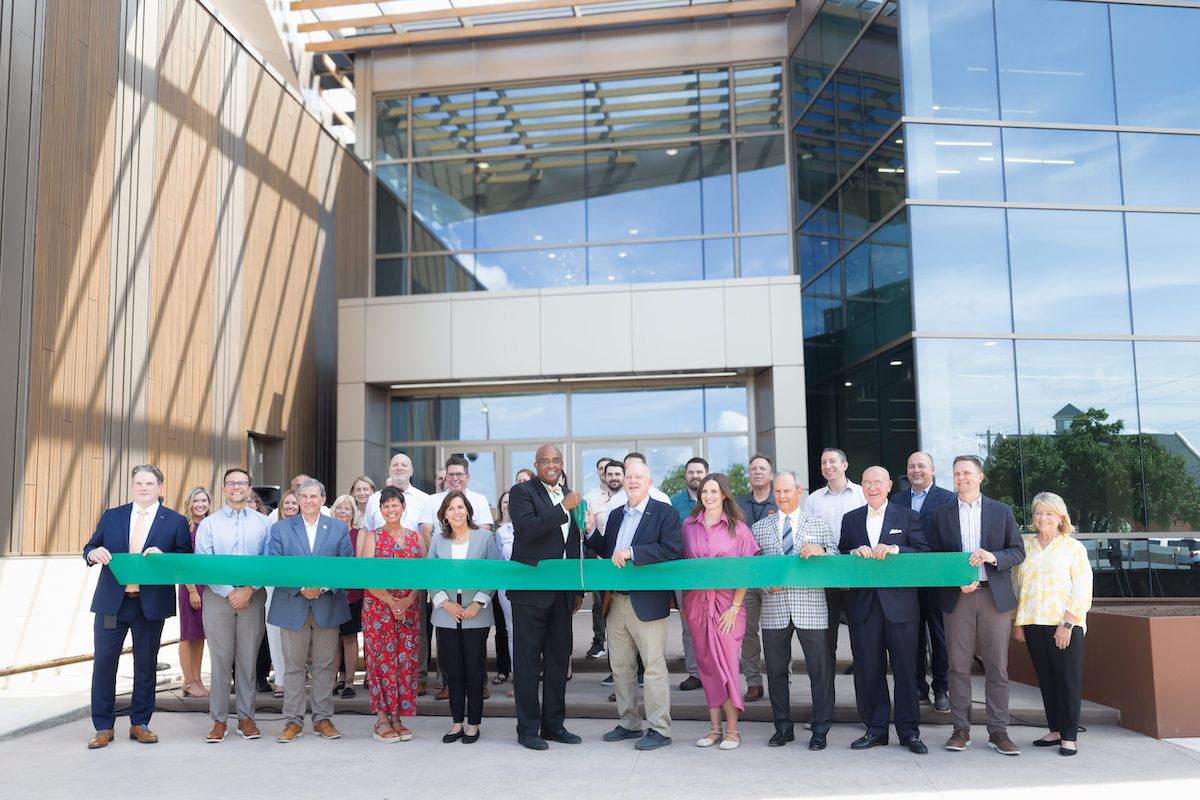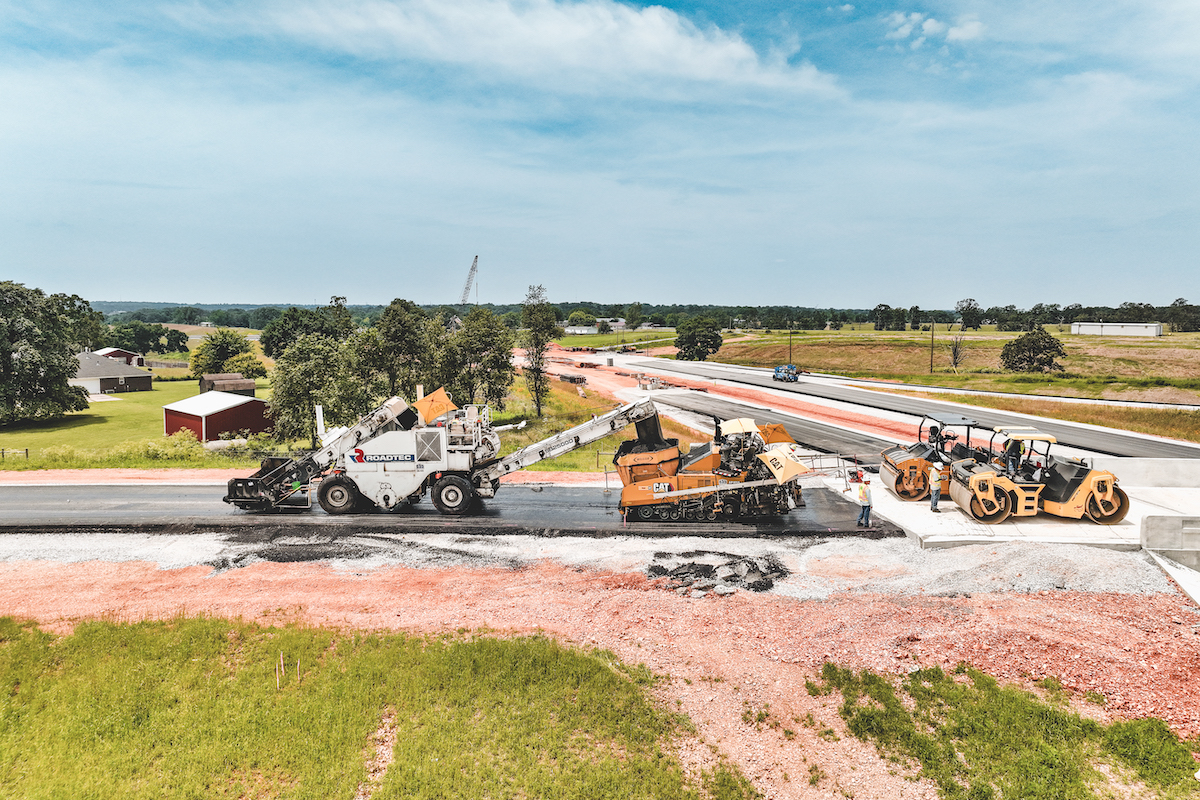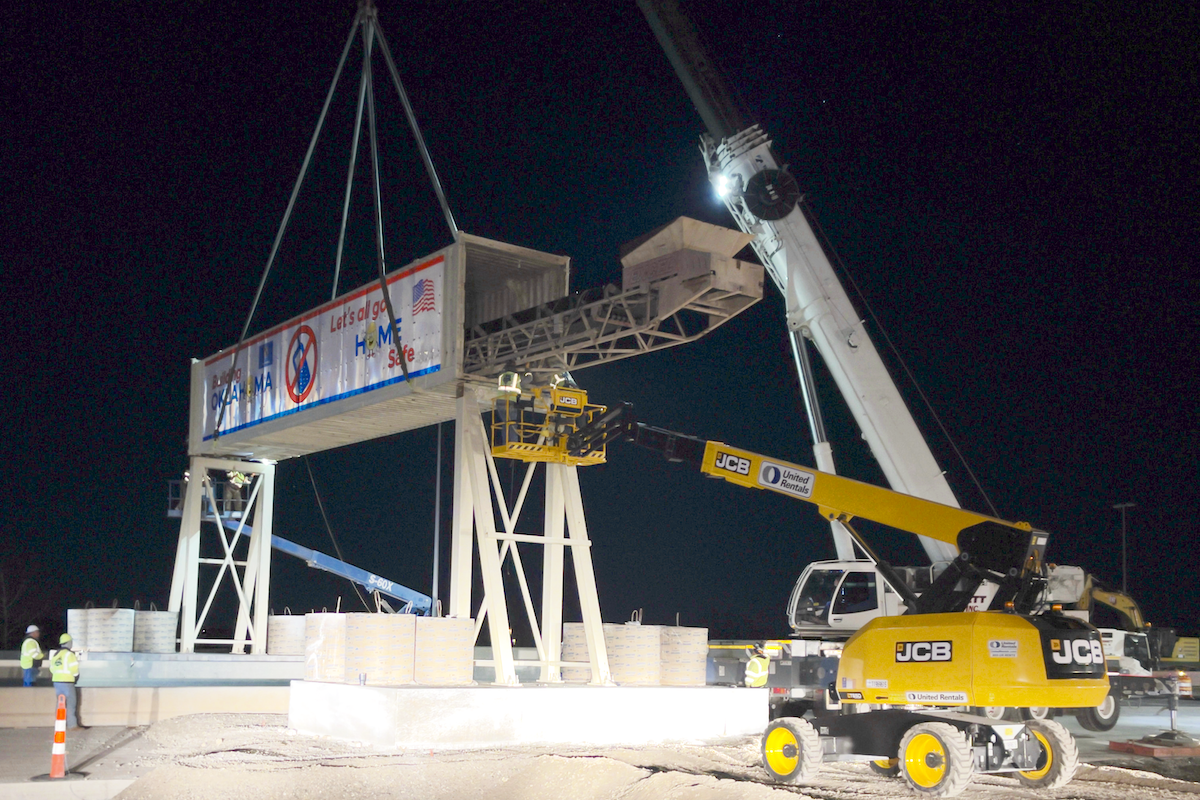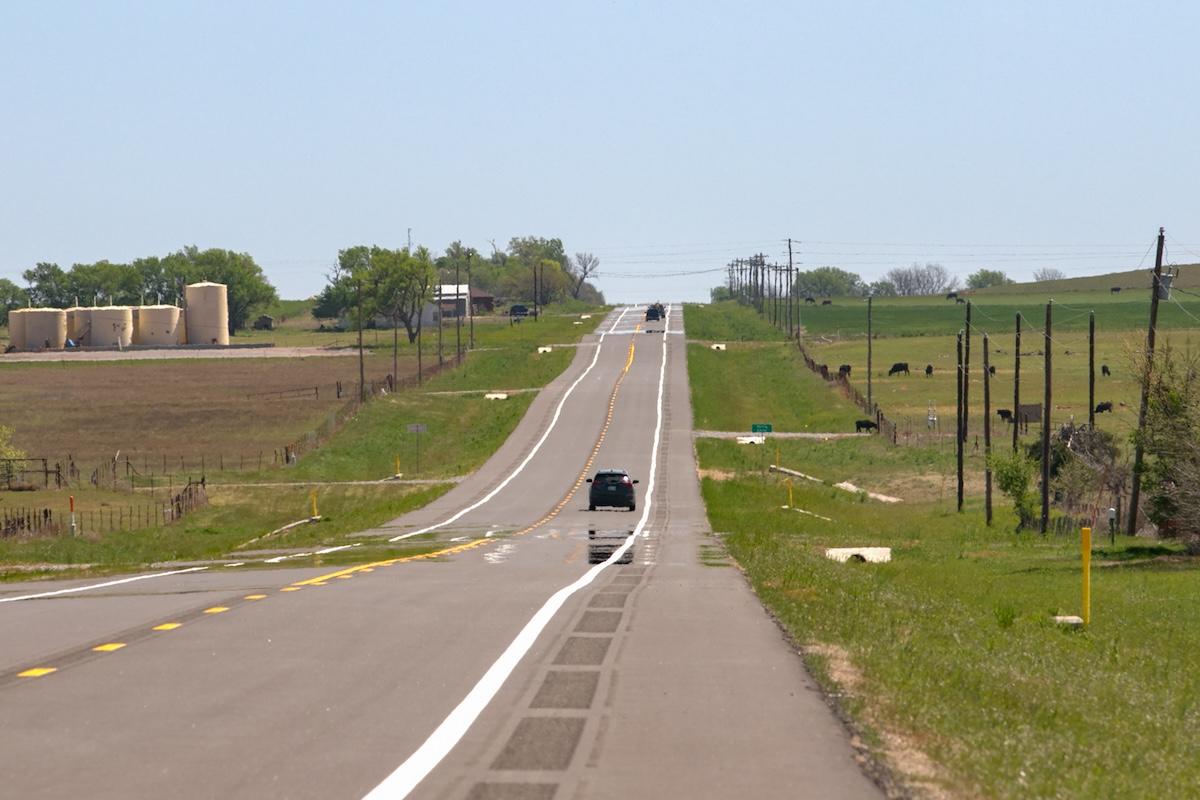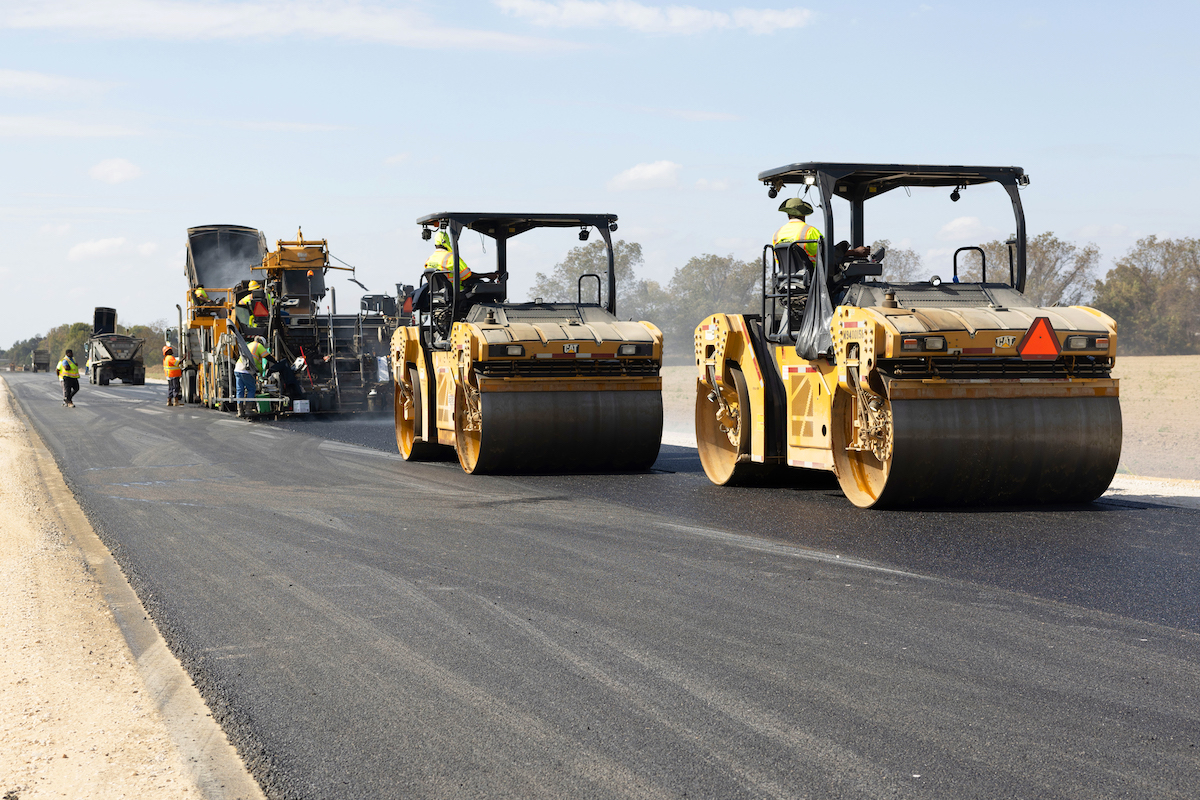“I’m proud of the team’s ability to adapt every day to the changes,” says Chris Koehnken, Project Executive for Suffolk Construction in New York, the prime contractor for 640 Columbia Street, the Red Hook Distribution Center, among the first multistory logistics facilities on the East Coast. “We had a plan, and we continually had curveballs thrown our way that were out of our control. We put our heads down and did what we thought was best for the project to find a way to move forward.”
DH Property Holdings and Goldman Sachs Asset Management began the project in 2016. Suffolk joined the team in 2019, prior to breaking ground. In May 2020, the owners rented the building to Amazon, which requested multiple changes to the structure. DH and Goldman Sachs sold the property to CBRE for $330 million in 2022.
Amazon continues to lease its first multilevel warehouse. The online retailer expects to move 100,000 packages per day through this facility.
The building is a composite structure, comprised of structural steel framing with reinforced concrete on metal deck. The structural steel ties into eight reinforced concrete cores scattered throughout the site, housing egress stairs and elevators banks.

| Your local Hitachi dealer |
|---|
| CLM Equipment Co |
The loading dock and parking deck are post-tensioned concrete. The third floor extends out about 60 feet over the loading dock. It is supported by columns – founded on piers on the top level of the parking structure, which do not extend through the parking levels below to grade.
Crews began driving test piles in February 2020. A robust 3,500 steel pipe piles – driven to depths of 95 feet to 120 feet – pile caps, and strap beams support the structure. A reinforced structural slab sits on top of the slab piles to support the vehicular loading. The building contains 32 loading docks, 16 bays on the ground floor and 16 on the second level. These are used to bring merchandise into the warehouse.
The Amazon sprinter vans are loaded on the first-floor mezzanine. Originally designed for warehouse space, Amazon turned part of the second floor and the majority of the third floor into parking for its sprinter vans. Some office space exists on the east side of the building.
Insulated masonry block with punch windows clad the exterior. Stormwater retention tanks are located under the parking deck.
Ware Malcomb of New York designed the building. The original design did not call for vehicles to enter the building or have any interior ramps.
“You would never understand the complexities of the job, standing on the curb today,” Koehnken says.
Beyond the changes to the building, nearby high-voltage power lines presented challenges to the construction team. The electrical utility Con Edison committed to relocating the lines before groundbreaking, but that did not happen as planned.
“The entire logistics of the job were centered around these power lines being relocated before we start foundations,” Koehnken says.
The post-tensioned ramps needed completion before constructing most of the building. Although complex and well thought out, it did not go as planned.
“We were a couple of months into the foundations, Con Edison was nowhere in sight, the power lines have not been relocated and the owner inks a tenant,” Koehnken recalls. “Great, good stuff, not a problem, but it was impactful.”
The project needed a complete redesign, but at what cost to the schedule. Suffolk employed its proprietary technology, linking Plan + Control modeling software with Design Pull Plan, or a series of micro schedules.
Suffolk builds a construction model from scratch, which combines all the disciplines into a single construction model, as opposed to having a series of standalone architectural, structural and mechanical, electrical, and plumbing models at construction document level. The model is built with a level of detail provided via shop drawings of individual trades, which provides an exponentially greater level of detail than even the most robust building information modeling available in the industry today
“We identified a steel sequence, which was on hold as a result of the redesign, and deleted it from the model,” Koehnken explains. “We resequenced the building around the complexities introduced because of the ramps Amazon required.”
Suffolk believed it could keep the project moving with minimal impact to the schedule and proceeded.
Six to eight weeks later, the stormwater detention tank material supplier raised concerns about the material suitability and the proposed use of the pipe under a multistory parking and load dock structure. After review, the design was changed to use an alternative material suitable for the proposed program use, which in turn prevented the post-tensioned parking structure from being constructed until the Department of Environmental Protection approved the design. “We had to place another whole section of the building on hold,” Koehnken says.
At this point, 75 percent of the building could not proceed, but the tenant was anxious to move in. Suffolk began looking at changing its approach to the entire building. Company officials returned to the Plan + Control model and Pull Plan schedules to find ways to keep the project moving forward. They found a way to keep the delay to about three months.
“Between property issues on the ground, where we were putting in the stormwater detention system and the power lines, there was only one spot for the two cranes to enter and exit the job site,” Koehnken reports. “The cranes were confined to a limited work area and crane path that could not be moved because of geotechnical concerns and previously constructed foundation structure. We were working in the middle of the site and had to work our way out.”
To assist with planning and adjustments to the schedule, Suffolk used a pull planner app to create micro schedules that help the company work backward from deliverable dates and a finish date.
“We pull things ahead as opposed to pushing that end date out,” Koehnken says. “We would use that software a couple of times a day. We probably had a dozen separate pull plans running at one point, tracking different milestones.”
Suffolk’s team linked those pull plans with the model, tracked daily progress, and identified constraints. The company also used OpenSpace to monitor progress.
The project finished in March 2023. “We wanted to finish the job on time and muscled through it,” Koehnken concludes. “I was proud of the team for constantly bobbing and weaving.”
Photos courtesy of Suffolk Construction





















